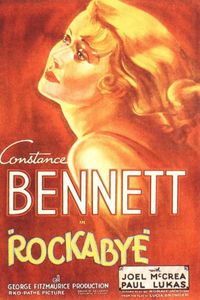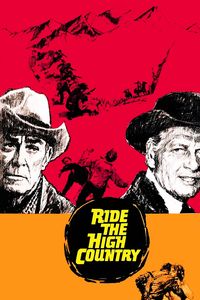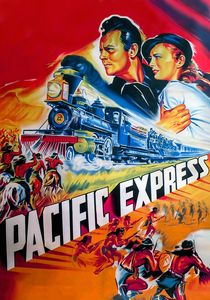Rockabye (1932)
(On Cable TV, November 2020) There’s something just a bit off about Rockabye that I can’t quite grasp—I suspect it’s a mixture of contrived plotting, unconvincing dialogue, outright melodrama, an intentionally frustrating ending and changing social mores during the Pre-Code era. (Reading about the film’s production, it also looks as if the film was significantly re-shot midway through, adding even more chaos into the mix.) Even from the onset, as an actress is separated from the child she wanted to adopt after testifying at an unsavoury trial, the film goes for big emotional beats that don’t quite resonate. The miseries quickly pile up upon our heroine, as nearly nothing goes to plan and the film delights into taking away all of her successes. As a showbiz drama, it features actresses, writers and impresarios in the main roles, breathing in the Broadway scene of the time with gusto. An early leading role for Joel McCrea has him trying to inject some sympathy into a character with some really unlikable moments. The Pre-Code nature of the film is obvious in its depiction of an affair between the heroine and a married man. Constance Bennet is stuck with a tough role and does what she can with it. But Rockabye really isn’t all that compelling—there are many, many moments where the emotional reactions of the leads defy any understanding, or seem unusually muted. I could still find a few nuggets of interest here and there, but there are many better movies in this mould.






